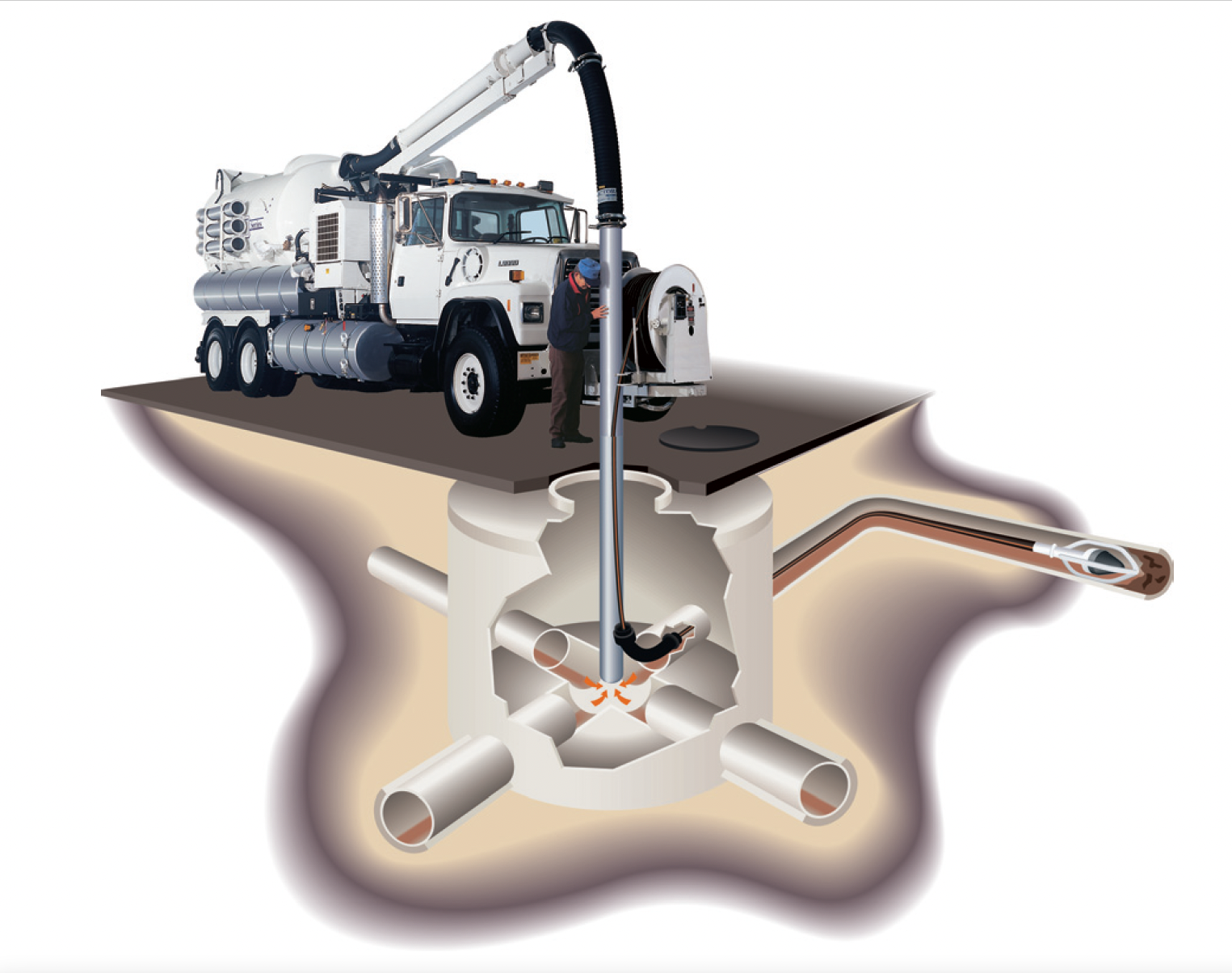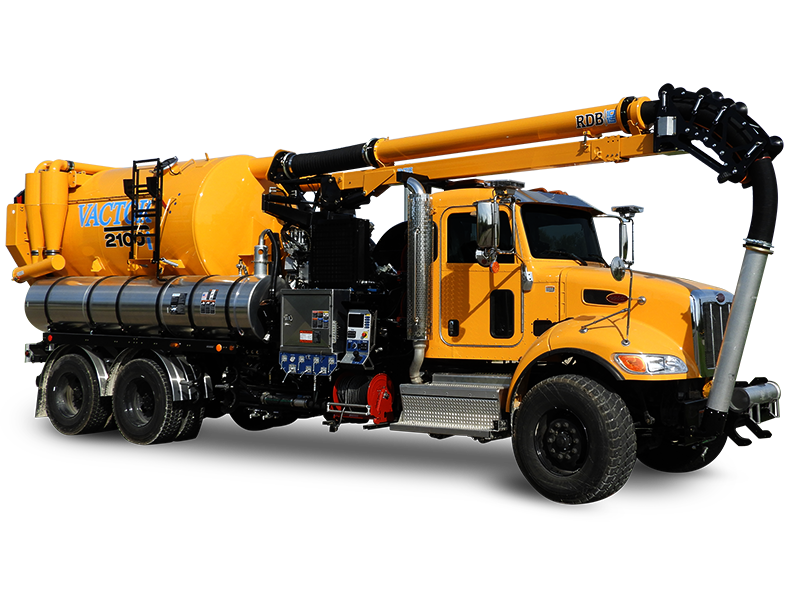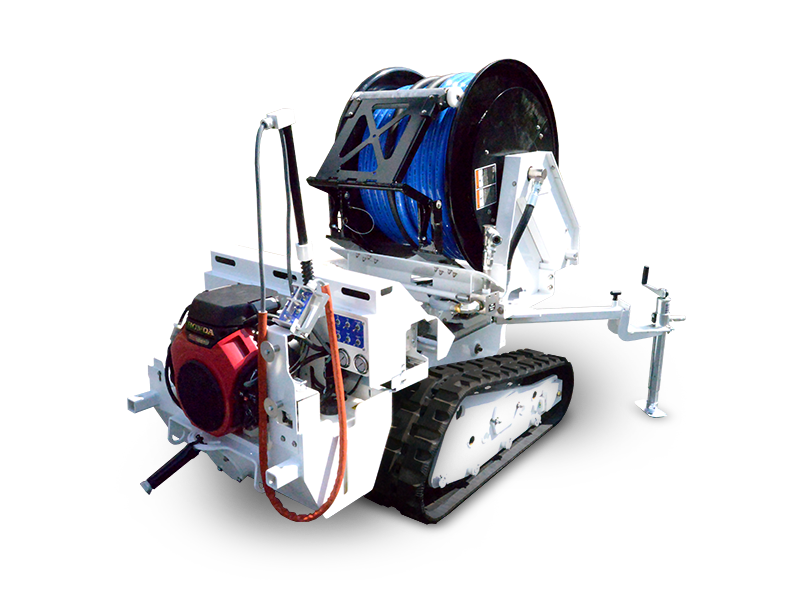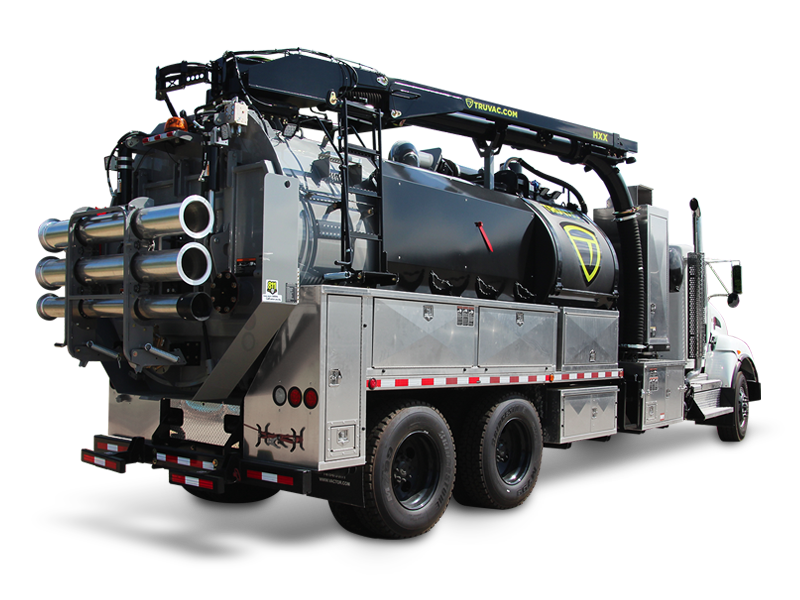Sewer Cleaning 101
by Vactor Team, on Apr 3, 2024 2:08:33 PM
What is a sewer system and how does it work?
 infographic from https://www.metroconnects.org/understanding-sewer-systems/
infographic from https://www.metroconnects.org/understanding-sewer-systems/
A critically important, rarely discussed infrastructure exists just beneath our feet, a sewer system – helping our communities stay clean and healthy. This collection of pipes routes wastewater from homes and buildings to a waste treatment facility (some communities also route stormwater into these same channels). All this infrastructure aims to get all that waste and water where it needs to go – and it requires maintenance in order to avoid overflows and other crises.
Maintaining a sewer system
Sewer cleaning and maintenance usually require water jetting and vacuum technologies, though a variety of approaches and tools exist. Additionally, there are several reasons why a sewer system might need maintenance – the most common being blockages. Just like our drains at home can get clogged, so can pipes in the municipal sewer system – but these problems are on a much larger scale.
Water jetting is a common sewer cleaning method to break up blockages. It involves a long hose with a jetting nozzle to spray water at high pressure, breaking up whatever is stuck in the pipe. It is important to use the appropriate pressure and flow for the size of the pipe you are cleaning, as the wrong flow can result in blown toilets-where water will splash out of a toilet as excess water or pressure look for ways to escape the pipe. Additionally, the diameter and length of the jetter hose can impact the water pressure as the longer the hose the more pressure is lost by the time the water gets to the nozzle. However, for larger diameter hoses, less pressure is lost. When adjusting pressure, Vactor has Multiflow, which means that water flow can be set at a low RPM and still use peak pressure.

Blockages are often made up of oils, fats, and hair. Once the jetter eliminates the blockage, water should run through the pipes to its intended destination. Vactor manufactures the Ramjet Truck and Trailer, both of which utilize this water jetting technology.
Breaking up these blockages often demands a combination approach. That means using water jetting to break up the blockage and vacuum technology to suck up the debris that created the blockage in the first place. For a combination sewer cleaner truck, this requires the use of a hose reel to manage water jetting and a 6-8 inch vacuum hose to enter the sewer (without being submerged in water) to suck the debris through a boom and into a debris tank on the truck. Vactor’s 2100i and iMPACT trucks both fall into the category of combination sewer cleaner. The 2100i can also be equipped with a recycler technology. The recycler option separates and cleans the water collected into the debris body and moves it back to the water tank so that it can be reused for the jetting process. This allows workers to be more productive as they do not have to go back and refill their water tanks as frequently.
Catch Basin Cleaning
When stormwater or wastewater systems need cleaning, municipalities often use vacuum systems. Sometimes they only use the vacuum system of a combination machine, but catch basin cleaning machines are also a great option. These machines suck up blockages, which is important because catch basins collect stormwater. If catch basins get clogged with litter and leaves, it can cause flooding. For stormwater systems, catch basin cleaners also remove pollutants before the stormwater goes back into a natural water habitat.

Sewer Inspection
Before firing up the heavy sewer cleaning equipment, operators will often deploy remote cameras to inspect and identify the problem. This will tell them what is causing the blockage: hair, oil, tree roots, or something else. That way, they can suit up appropriately and prepare the right equipment to clear the blockage.
A well-maintained sewer system keeps our communities safe and clean. While we don’t often stop to think about sewer cleaning and the subsequent upkeep, the technology and operators who use it work hard to keep those vital systems running smoothly.













